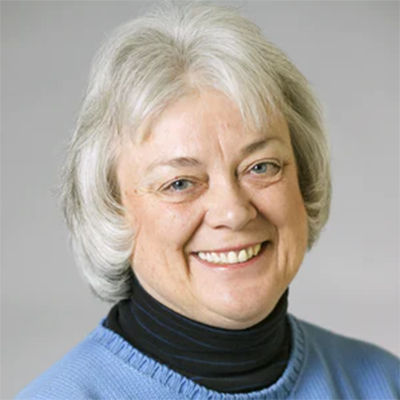Opinion: Asheville church houses memories of once-thriving Black neighborhood

Upstairs on the second floor of the First Presbyterian Church of Asheville, a small alcove on the left temporarily houses a collection of Andrea Clark’s historic photos of East End Asheville, borrowed from Pack Library. These photos were taken in the late 1960s-early 1970s and remind Asheville long-timers that a once thriving community existed that nourished and bonded Black residents.
Like so many other such communities in our country, new interstates broke apart Black neighborhoods because these places were filled with people whose political connections and socio-economic status offered the least resistance. And so the neighborhoods began to disappear and when the road construction debris settled, gentrification took the place of what once was. The people who once called the area “home” were displaced.
Andrea Clark was born in a snowstorm in Cambridge, Massachusetts, in the mid-1940s. Her father had his roots in Asheville, one of the sons of James Vester Miller, the artisan who learned his craft from brick masons and paying attention at construction sites. His buildings are highlighted on one of the historic walking trails well documented in a pamphlet available in the library or where tourists go to find out about Asheville. When Clark came to visit her father in Asheville, she started taking pictures. She was surprised at the time in the late 1960s how friendly everyone was — people spoke to you whether they knew you or not.
More:Opinion: You have to go there to know there; worth reiterating
More:Opinion: Here's a tip for air travelers who might need airport wheelchair service
Collected in a small book, "Andrea Clark: East End Ashevile Photographs Circa 1968," these original photographs tell a story presently in First Presbyterian’s upstairs alcove. The alcove’s lighting is good, comfortable benches are placed where it is possible look at a number of photos at the same time, permitting the viewer to think back about those half-century ago neighborhoods that offered a kind of extended family unit. Somebody was watching out, keeping an eye on you. You weren’t going to get away with anything — there just might be somebody who would report to a parent before you got home.
These weren’t the days of screens and tablets, but other kids and pick-up ball games, or other games that came from your own imagination. Homes with swinging hanging baskets of ferns next to clotheslines full on the front porch. Feldman’s Grocery, Valley Street Coal Co. and Burton’s Dinette — places that used to be in East End. The photographs are of places that were located only blocks away from First Presbyterian. They remind you, should you walk down South Market, Eagle Street, and Marjorie Street today and take a close look, of what used to be right there.
Sometimes we don’t pay enough attention to what is right in front of us, much less look probingly and think about what might have once been there. Some years ago, I traveled to Eatonville, Florida, to see the town much ballyhooed in the books of Zora Neale Hurston. Eatonville suffered the same fate as East End, an interstate came through and broke the continuity and magic of what once was.
It was a summer day and many kids were on the playground of an elementary school at camp. I walked over to see if I could take a picture or two. I also wanted to see inside the school. I knew it wasn’t the one that Zora had attended in her day, but I wondered what about the history of Eatonville that had been preserved there. I wandered into the cafeteria and there on the walls were 4-foot paintings of the founders of Eatonville – the first mayor, Joe Clark; Hurston’s father, a Baptist preacher.
More:Opinion: Prosecutors should drop retaliatory charges against Asheville journalists
And over the slot in the wall where kids return their food tray after dumping their trash in cans that sit in front of the slot — was a painting of Zora Neale Hurston herself, arguably Florida’s greatest writer — looking down on the kids following the rules of their school. I think she would have found her place on this wall humorous. Maybe one day, one of those kids will sit in a classroom reading "Their Eyes Were Watching God," and think to herself: "I know who you are. You were with me every day, watching me when I was younger and having my lunch."
Andrea Clark’s photographs pick up on a time gone by. A time that depicts poverty but also spontaneity, friendship, and places that provided shelter, something to do, some place to go. Call First Presbyterian to view the pictures or attend church on Sunday and spend some quiet time thinking about yesterday before or after the service.
Margaret Earley Whitt is a retired college professor and lives in Gerton.
This article originally appeared on Asheville Citizen Times: Opinion: Remembering community that centered Black Asheville residents
